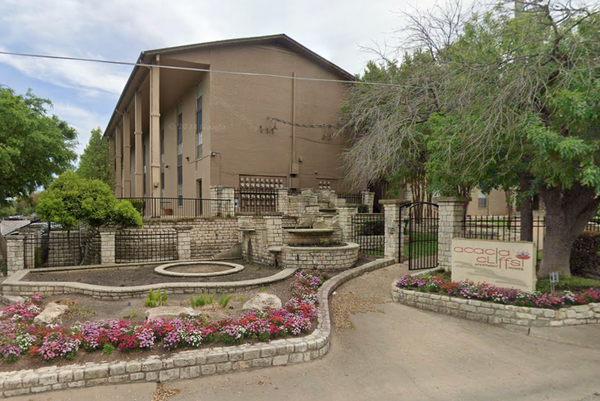More evidence for missing middle
And short-term rentals are not a reason to oppose new housing.

Talk about good timing! A new study by UT researchers takes a look at the effect of small lots in Houston. Houston famously lacks zoning, but until 1999 it had a minimum lot size of 5,000 sq ft. That year, the city reduced it to 1,400 sq ft, prompting a surge in the construction of townhomes in central neighborhoods.
Emphasis mine:
The UT Austin team analyzed a policy change in Houston that relaxed the city’s minimum-lot-size requirement and enabled development of over 34,000 town houses from 2007 to 2020. More than 80% of the houses were constructed on parcels formerly occupied by commercial, industrial, or multifamily properties, but the study focused on 1,392 lots where town houses replaced single-family homes during the study period.
The research found that single-family-to-town house (“SF2TH”) conversions did not result in sweeping changes to neighborhood character and that redevelopment was unlikely on any given residential lot in Houston. Just 0.5% of all single-family parcels underwent SF2TH conversion, with the typical case involving replacement of an old, small single-family home on a large lot with four larger town houses that were affordable to families with moderate incomes.
Further, neighborhoods where SF2TH redevelopments occurred had above-average home values in 2000 while the percentages of Black residents were below average. Together, these findings suggest that SF2TH conversions helped to increase the number of available homes—and therefore households—in high-demand areas without driving out existing residents, belying a claim commonly made by opponents of land-use reform that new development in dense urban communities would lead to gentrification.
This is not the first study to remark on the social benefits of Houston's permissive land use regs. A study two years ago by the Kinder Institute at Rice University came to similar conclusions.




